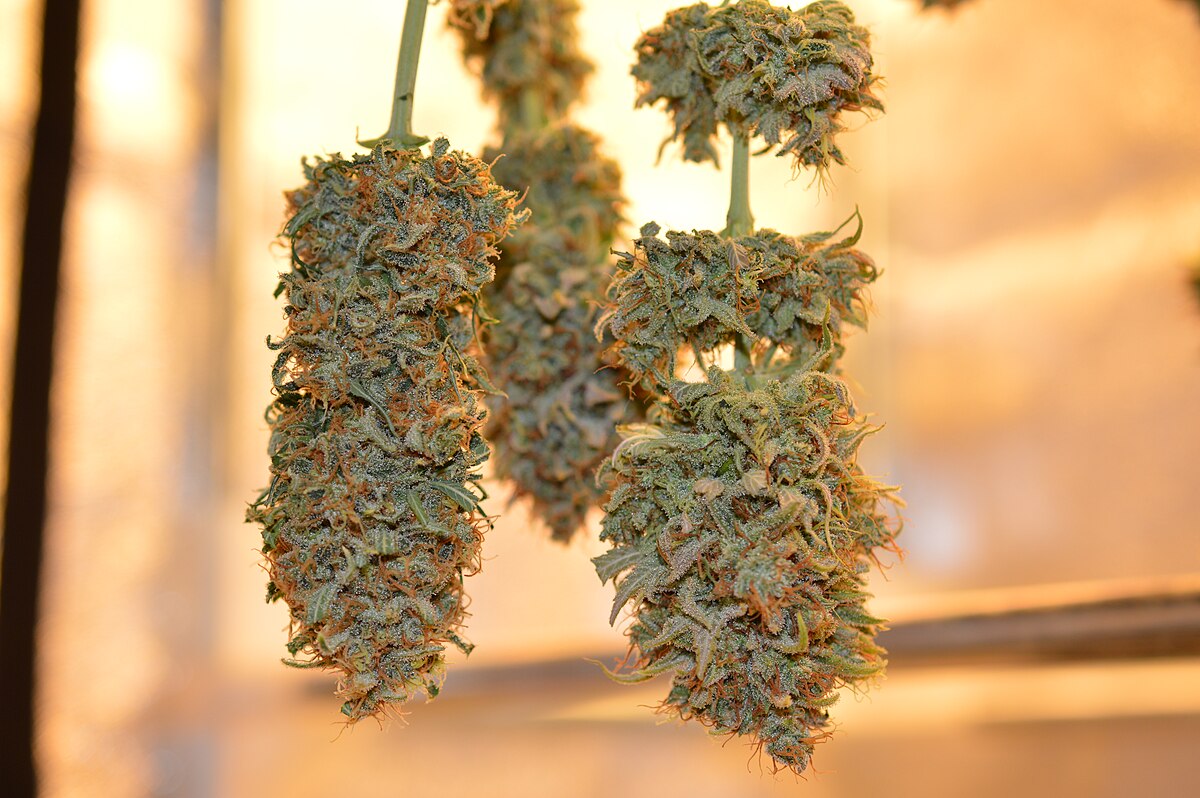California’s Cannabis Equity Grant Program: A Critical Push for Social Justice in 2025
California’s journey into legal cannabis has been marked by a dual commitment: establishing a regulated market and actively addressing the profound, historical injustices of the War on Drugs. At the heart of this latter effort lies the Cannabis Equity Grant Program for Local Jurisdictions. As we move into 2025, this program remains a pivotal, yet often complex, mechanism for empowering communities and individuals disproportionately harmed by cannabis prohibition.
The Program’s Core Mission
The Cannabis Equity Grant Program is designed to foster economic justice by reducing barriers to entry into the legal cannabis industry. For decades, communities of color and low-income individuals bore the brunt of cannabis criminalization, facing disproportionate arrests, convictions, and the lasting collateral consequences that made economic advancement incredibly challenging. The grant program directly confronts this legacy by providing financial and technical assistance to those most impacted.
This support can take many forms, including:
- Direct grants for start-up and ongoing business expenses, such as rent, licensing fees, legal assistance, regulatory compliance, and equipment.
- Technical support and one-on-one consulting to navigate the complex licensing and regulatory landscape.
- Assistance with accessing capital and developing robust business plans.
- Support for workforce training and job placement within the cannabis sector.
- Fee waivers and tax credits to alleviate the significant financial burden of entering the industry.
The overarching goal is to ensure that the benefits of the burgeoning legal cannabis market are shared equitably, rather than simply replicating existing wealth disparities.
Progress and Persistent Challenges
While the program has made significant strides, particularly in supporting local jurisdictions to implement their own equity initiatives, the path is not without its hurdles. Reports from the California State Auditor and other organizations have highlighted areas where improvements are needed.
One persistent issue is ensuring that funds are expended efficiently and appropriately. Some local jurisdictions have faced challenges in fully disbursing their allocated grant money or have used funds for unallowable purposes. This underscores the need for greater oversight and clear guidelines to maximize the program’s impact.
Another critical challenge for equity applicants is the sheer cost and complexity of launching and operating a cannabis business. Even with grant support, the capital requirements, intricate regulatory compliance, and difficulty securing suitable business locations can be overwhelming. The transition from provisional to annual state licenses, with strict deadlines, continues to be a bottleneck for many aspiring operators.
Furthermore, despite efforts, racial disparities in cannabis business ownership remain significant. While the intent of social equity programs is clear, anecdotal evidence suggests that some equity applicants have been exploited for their “equity status” by larger, well-funded entities. This highlights the ongoing need for robust protections and support systems to ensure genuine, independent ownership.
Looking Ahead to 2025
As California moves further into 2025, the Cannabis Equity Grant Program will continue to evolve. There’s a strong emphasis on refining the process, increasing transparency, and ensuring that the support provided translates into tangible, long-term success for equity businesses. The state’s Department of Cannabis Control (DCC), along with local jurisdictions, is working to streamline processes, offer more targeted assistance, and address the systemic issues that impede equity applicants.
The program’s continued success is vital not only for the individuals it serves but also for the overall health and legitimacy of California’s cannabis industry. By actively promoting diversity and inclusion, California aims to create a more just and resilient market that truly reflects its values.
What aspects of the Cannabis Equity Grant Program are most interesting to you? Perhaps the challenges, the types of support offered, or something else?

